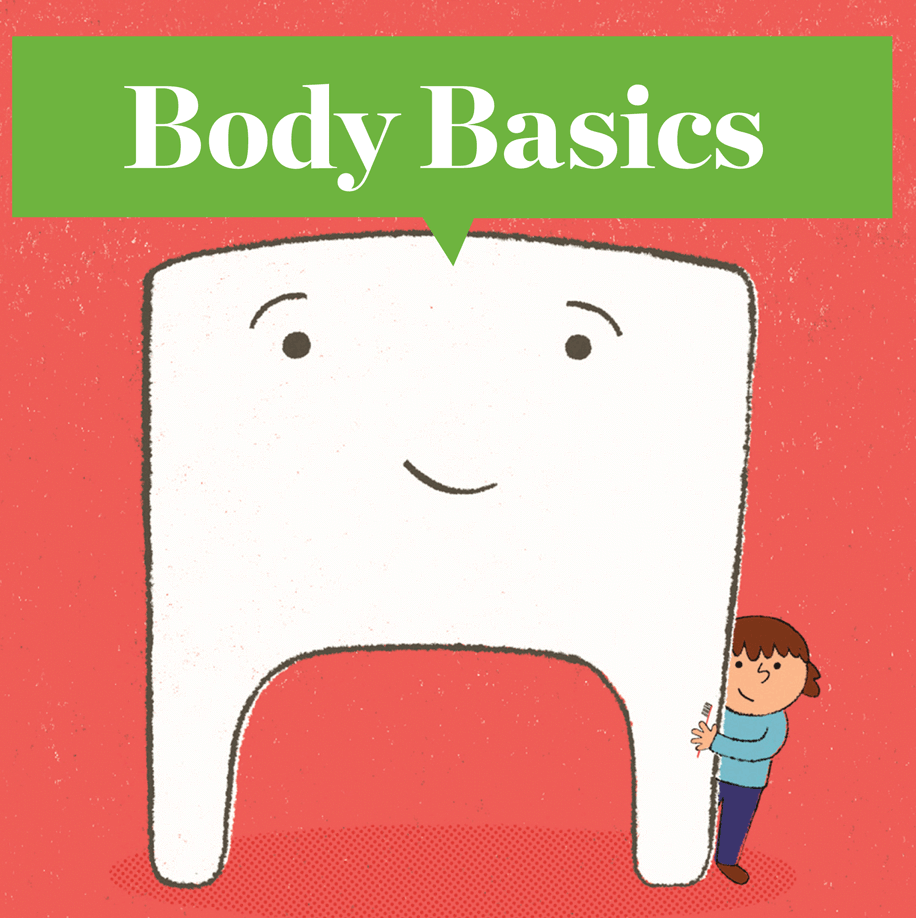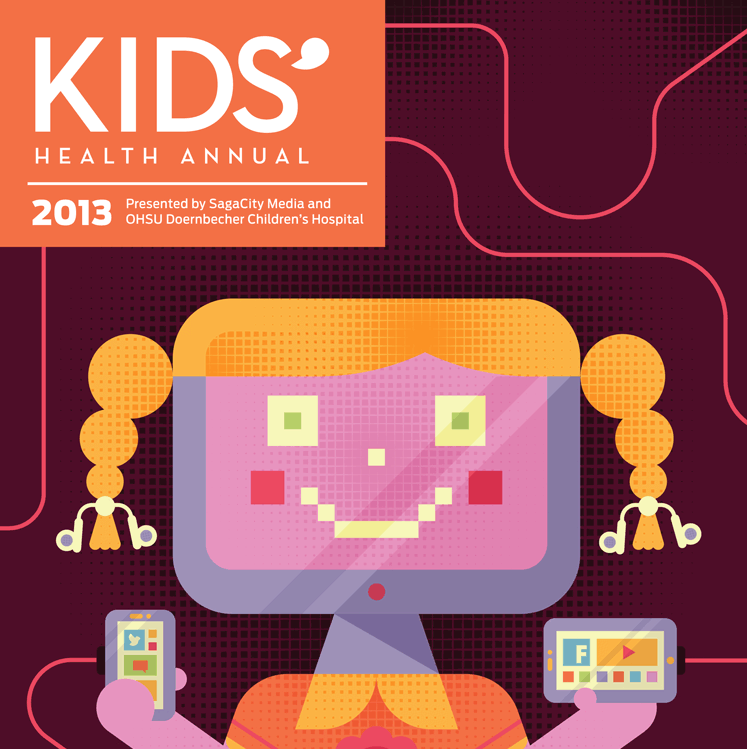Kids & Vitamins: Playing It Safe

Image: Courtesy Shutterstock
From the early days of prenatal development through the last of the awkward adolescent growth spurts, kids need a special blend of vitamins and minerals to support the grueling process of growing up. Muscles need strengthening, immune systems need boosting, and the adult teeth that begin forming in early childhood have to be strong enough to last through a lifetime of chomping and chewing.
Confronted with the lofty promises leaping from the shelves of every pharmacy in town (“Enhances Brain Function!” “Supports Healthy Sleep Patterns!”), deciding which dietary supplements kids really need can be confusing at best, and potentially dangerous if done incorrectly. Natasha Polensek, a primary care physician at OHSU Doernbecher’s Healthy Lifestyles Clinic, suggests a quick look at the basics: what’s usually needed, what’s usually not, and what won’t hurt to try.
Iron supports healthy blood production and muscle growth in infants and children, and is closely watched by doctors in the first year of life. “After four to six months of breast-feeding, a mother’s iron stores are depleted,” explains Dr. Polensek. “This puts infants who haven’t yet been introduced to solid foods at risk for a deficiency.” Pediatricians advise parents to incorporate iron-rich foods into their infant’s diet from the moment solid foods are introduced, and to test for anemia at nine to 12 months. For bottle-fed babies, the American Academy of Pediatrics (AAP) recommends an iron-fortified formula, with careful monitoring to determine whether additional supplements are necessary.
After early childhood, iron is especially important to monitor in adolescent girls. Because an overdose of iron can be deadly, work with your doctor to determine whether and how much of the supplement is needed.
In the northern latitudes, we see virtually all vitamin D tests come back with low levels.
While iron deficiencies are determined on a case-by-case basis, there’s one vitamin doctors find lacking more often than not in residents of the Pacific Northwest: vitamin D. “In the northern latitudes, we see virtually all tests come back with low levels,” says Dr. Polensek.
Sunlight converts a naturally occurring compound in the skin into an active form of the vitamin, but Portland’s cloud cover and, when the sun’s out, parents’ well-intentioned slathering of sunblock prevent this crucial process from taking place. This means most children don’t have enough of the vitamin that supports tooth and bone formation and regulates the absorption of other mineral mainstays like calcium. “Vitamin D supports bone density,” Dr. Polensek says, “and a relatively small daily dose can protect against bone loss and osteoporosis later in life.” Four hundred units of vitamin D a day meets the AAP’s daily recommendation for infants, children, and adolescents.
Dr. Polensek’s own niece and nephew take a daily multivitamin and a vitamin D supplement, a combination she feels comfortable recommending to most parents of otherwise healthy children. Ideally, most of the vitamins and minerals crucial to childhood development can be incorporated into a healthy diet, but sometimes an “ideal diet” takes a backseat to getting your family through the day in one piece. In these cases—that is, in real life—carefully chosen vitamins and dietary supplements can bridge the gap between the practicalities of parenthood and the complex nutritional needs of growing kids.
If you have concerns about your child’s nutrition,
talk with your pediatrician or call 503-346-0640.













